
If you’ve spent any time at all exploring the plethora of mountain biking opportunities in and around southwest Colorado, you’re likely familiar with the famous Phil’s World trail system. You may even be one of the estimated 32,860 riders, according the the Bureau of Land Management, who visited Phil’s World in 2021.
Far from a hidden secret, Phil’s World — a flowy roller coaster ride of some 30+ miles just east of the adventure hub of Cortez, Colorado — is a highly sought destination for mountain bikers of all stripes, from all over the country. Its world class trail network is nationally recognized for buff singletrack that features such favorites as Rib Cage, Ledges Loop, Lemon Head, and Stinking Springs.
While there have been reams written about Phil’s World, and the beauty of the sprawling pinyon-juniper forests that envelope it, less is known of the famous trail system’s obscure namesake: Phil Vigil.
A native son of Sante Fe, New Mexico and a lifelong adventurer, Vigil arrived in the Four Corners region of southwest Colorado in the late 1980s, according to the Durango Telegraph. Once there, he began establishing a remote route of singletrack trail in an expanse of high desert just east of Cortez. Those original trails — natural lines that flowed with the contours of the landscape — are almost completely gone, but they were the impetus for the famed trail system that now bears Vigil’s name.
“Phil was a recluse living up in the mountains that rode flat pedals and loved exploring remote mountain trails with a tiny chain ring,” said Delores, Colorado resident and accomplished trail builder Shawn Gregory in an interview with Singletracks. “There’s hardly anything left of the original route he started. Back then, there were no fences and Phil inadvertently went across both public and private property which later required significant rerouting. His contribution was looking to that area, which may have never been explored if it wasn’t for him.”
With routes signaled by rock cairns or a weathered rabbit skull wedged into the crook of a twisted juniper, Vigil’s earliest trails would have hardly been discernible to the untrained eye, but these unassuming paths laid the groundwork for what would become one of the best mountain biking destinations in the country.
Early Life of Adventure
Before he cemented this unintentional legacy, Phil Vigil led a life of adventure that included a love for cross-country skiing, route finding, and a quirky obsession with a burgeoning sport — still in its infancy at the time — that people had begun to call mountain biking.
During his time in Alaska, the latter pursuit led him to three finishes in a grueling 200-mile slog known as the Iditabike Bike Race. This sufferfest followed the route of the famous Iditarod Trail, and in 1987, Phil Vigil was one its very first participants.
As a young man, Vigil found his way to the upper Midwest after enlisting in the United States Air Force. It was in Minnesota where he fell in love with cross country skiing — a passion that would ultimately encompass the last day of his life.
When his tour of duty in Minnesota ended and the Air Force led him to Alaska, Vigil made friends with such celebrated adventurers as Roman Dial and Carl Tobin. When he wasn’t riding his bike to work or fulfilling the duties required by his post, he was pedaling for recreation and pleasure. And when the brutal cold thwarted his time in the saddle, freezing and locking up his chain, he simply switched to skis.
Of their stint in Alaska, Vigil’s wife Leslie, whom he met while stationed in Fairbanks, said: “He was always riding; always skiing. Nothing stopped him.”
Finding the Four Corners
In the early part of 1989, Phil and Leslie were seeking respite from the long, arduous Alaskan winters. The quest for a more moderate climate ultimately led Vigil to the Four Corners area, where he would remain until his untimely passing in December of 2020.
Scott Darling, a lifelong resident of Cortez and the co-owner of Kokopelli Bike and Board, is one of few folks lucky enough to have ridden the earliest incarnations of Vigil’s trails. Long before they evolved into the Phil’s World of contemporary fame, Darling rode the trails with Vigil himself and even worked on his bike.
He recalls the first time he ever encountered Phil Vigil.
It was the early ‘90s and he was riding in the Sand Canyon area about 15-miles due west of Cortez. Back then, Sand Canyon was a little-known local secret, but today, this beautiful stretch of trail — which features ancient cliff dwellings as it meanders through the heart of the Puebloan ancestral homeland — is a celebrated mountain biking destination in its own right.
“We used to do a lot of group rides back then,” said Darling in an interview with Singletracks. “One day, we were way out in the middle of Sand Canyon, thinking we were the only people around, and then we get up to this overlook and see this dude way out in the middle of nowhere, sitting under a tree, not even on a trail. [Vigil] was out there exploring that stuff way before anyone else was.”
Eventually, the young Darling struck up a friendship with the seasoned Vigil, and the two became fast friends and riding partners. It was around this time when Vigil introduced Darling to a favorite haunt of his: a few miles of undeveloped flow on a scruffy patch of BLM land out near a local shooting range. Those original trails have long since been transformed into a stretch of Phil’s that riders today know as Lemon Head.
“He’d come into the shop in Cortez and tell us about all of the great riding out by the fairgrounds,” Darling said. “And that’s how it actually got its name. He just had his own world out there.”
According to people who knew him best, those early trails, so minimal in nature yet artful enough to warrant the long-celebrated existence they still enjoy today, were a reflection of Vigil’s own adventure ethos.
“Phil thought adventure need not be far from home, whether by foot, by bike or skis,” Vigil’s lifelong friend Dave Linden said in an article published shortly after Vigil’s passing. “His natural curiosity always had him wondering what was over the next ridge, down some drainage or behind the mountain range. He was as happy wandering down a game trail as [he was] taking a day hike from Mayday to Dryfork.”
When Phil Vigil succumbed to a heart attack in the early morning hours of Dec. 24, 2020, his friends and family members were deeply saddened and dismayed. They were also shocked.
At age 64, Vigil was in impeccable shape. The day before he died, Darling told us, he’d been out cross country skiing in the mountains around his home in the tiny, unincorporated community of Mayday, Colorado.
Not feeling well, he hitched a ride home with a cadre of snowmobilers. He told Leslie that he was under the weather and went upstairs to lie down. A short time later, he slipped away in his sleep.
Phil’s Legacy
Vigil never sought fame or notoriety for his unintentional hand in transforming southwest Colorado into the mountain biking Mecca that it is today. By all accounts, he was uneasy at best about the surge of popularity that Phil’s World brought to the region.
“It kind of became a love-hate relationship for him because Phil’s World got super popular, and he didn’t have the place to himself anymore,” Darling said. “There are rumors that he got all mad about it, and that’s why he moved up to La Plata Canyon, but that’s not the case. I think in the end, he was pretty happy that it didn’t turn into oil and gas or coal development. I think he felt some pride in the fact that he kind of did his part to preserve it for a better use.”
Phil may have surrendered his namesake trails in the end, but he never stopped adventuring or exploring. He just went deeper into the desert or higher up into the hills in perpetual pursuit of refuge from the crowds he’d inadvertently helped usher in.
When I’m fortunate enough to take a ride in Phil’s world—whether on his namesake singletrack, beneath the towering ponderosa pines and scrubby Gambel oak of nearby Boggy Draw, or in the presence of Puebloan ghosts and their enduring cliff homes in Sand Canyon — I like to reflect on an image of Phil Vigil as Scott Darling first saw him: soaking in the solitude beneath the fleeting shade of a juniper tree.
I’m almost certainly projecting it onto him, but I like to imagine that Phil was relishing the vast silence when Darling and his fellow riders spied him from a nearby overlook. Always unassuming about the epic adventures that coalesced around the flow of his everyday life, Vigil could never have known that his name would live on in the form of a famous trail system that will beckon bikers to his high desert haunts for generations to come.


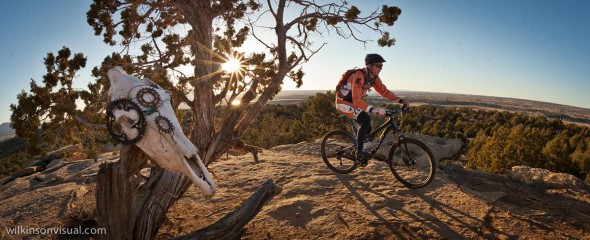





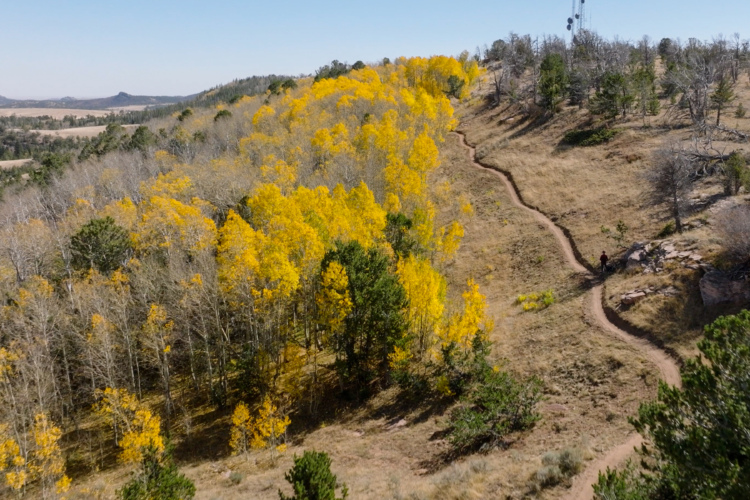
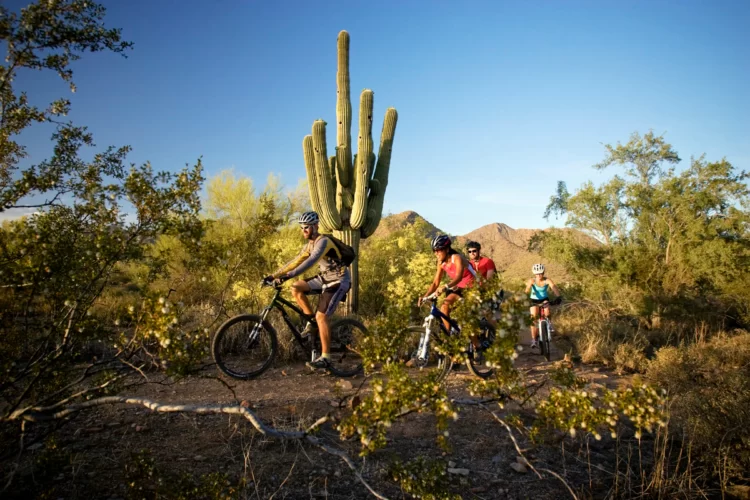
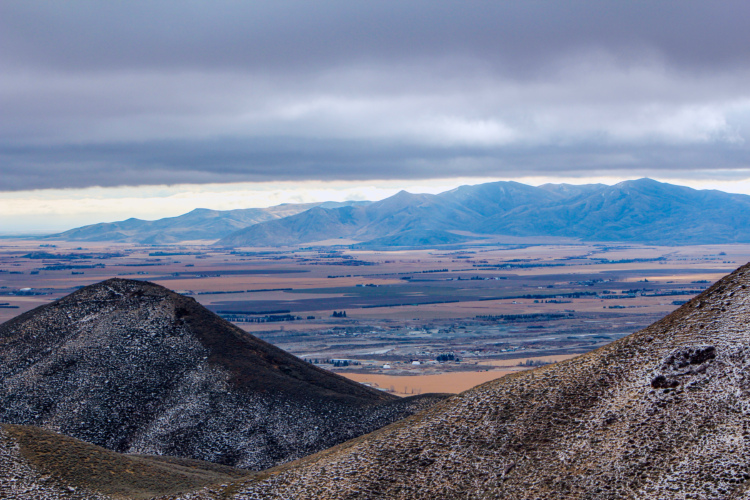
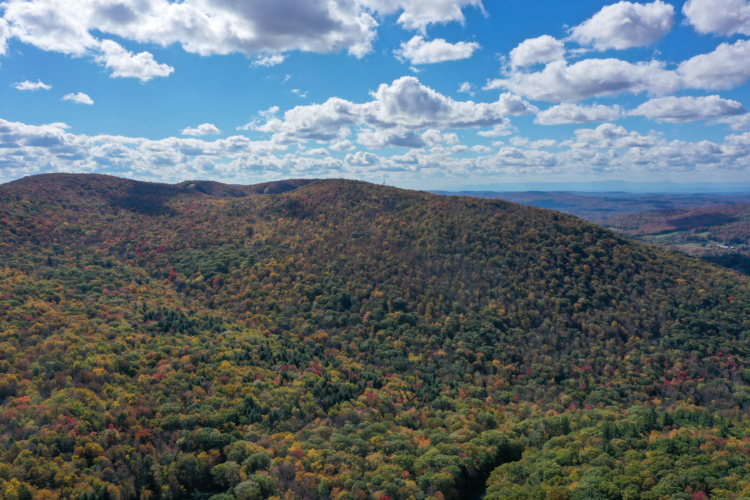

9 Comments
Mar 15, 2022
It's also cool that the Phil's World trails on BLM land were ultimately able to be legitimized.
Mar 15, 2022
Other backgrounds to explore might be Gooseberry Mesa, Jackson Hole downhill trails, etc.
Mar 16, 2022
And the bikes we had in the early 70's! What would it have been like to have the groovy bikes of today during that chapter in our lives?
Couldn't agree more with what Jeff Barber said!
Mar 17, 2022
I can't begin to imagine the work (both physical and administrative) it took to get BLM and private landowners to collaborate on such a legacy project. Quite impressive and shows what dedication and perseverance can do for the benefit of all.
Thanks also to those maintaining and improving the trails there!!
Mar 17, 2022
Mar 21, 2022
Also, if it helps the hate coming my way...he is a 35 yr-analog-MTB-veteran recovering from a recent CV condition, and is quite happy to be living still, all the while, riding pedal-assist. 💪
Mar 18, 2022
Mar 17, 2022
Apr 23, 2022